Many parents are often surprised to see their newborn baby have natural reflexes, which seem to be a manifestation of the ability to "know how to act".
In fact, these are survival reflexes of the newborn, controlled by the nervous system from birth and will gradually disappear after the first few months of life.
Pediatricians recommend taking advantage of this brief period to interact with your baby, not only to foster attachment but also to help your baby develop his senses, cognition and ability to respond to the outside world .
Babinski reflex

The Babinski reflex occurs when the sole of a baby's foot is gently stroked from the heel upwards, causing the toes to automatically spread out (Photo: Getty).
One of the most common reflexes in newborns is the Babinski reflex.
When the mother gently strokes from the heel to the sole of the baby's foot, the foot will automatically open or the toes may curl up and spread wide.
This is a normal reflex in babies during the first few months of life and will disappear by the time they are about 12 months old.
A study published in the Journal of Neurology noted that the Babinski reflex is an important marker of normal central nervous system development in infants.
Galant Reflex

The Galant reflex occurs when a baby is gently stroked along one side of the spine, causing the body to arch toward the stimulus (Photo: Getty).
The Galant reflex is also often a source of amusement to many parents.
When a mother runs her finger down one side of the spine, the baby will automatically arch toward the side being touched. This reflex reflects the initial connection between the skin and the nervous system.
According to a study by the American Academy of Pediatrics, the Galant reflex is linked to a baby's early motor development, such as rolling over and crawling skills.
Breast-finding reflex

The rooting reflex occurs when the baby's cheek or lip is lightly touched, and the baby's head will turn toward the stimulation (Photo: Getty).
Rooting reflex, also known as rooting, helps newborns locate the source of milk.
When the mother gently touches the cheek or the edge of the lip, the baby will turn its head in that direction and open its mouth as if searching. This reflex is a survival instinct that helps the baby breastfeed more easily.
Research from the US National Institutes of Health (NIH) shows that the Rooting reflex is most sensitive in the first 4 weeks of life and usually disappears after 3-4 months.
"Shutdown" reflex
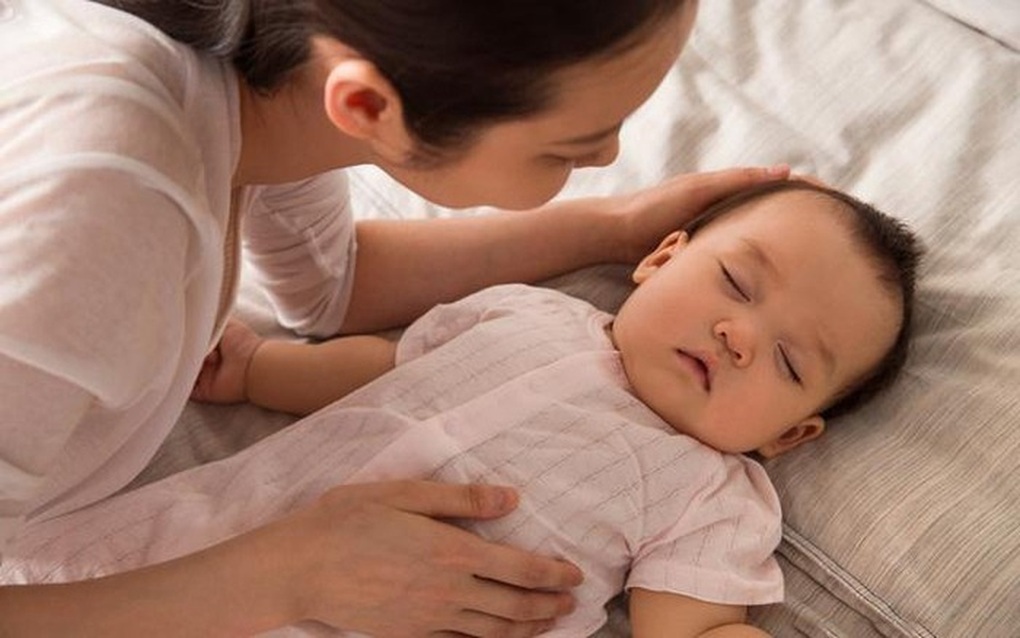
Gently stroking between the eyebrows helps children relax and fall asleep easily (Photo: Getty).
A behavior that is often mistaken for random but is actually a natural reflex of children. It is a sign of sleepiness.
When a child yawns, the eyes gradually close - a signal that the central nervous system is directing the body to a resting state. If you gently stroke your finger between the eyebrows, this movement creates a soothing feeling and stimulates the parasympathetic nervous system, thereby helping the child to easily fall asleep.
This is a technique used by many sensory neurotherapists in the care of newborns.
Most of these primitive reflexes will disappear after about 3-6 months of life as the baby's brain develops and controls voluntary movement better.
Playing and stimulating these reflexes not only helps mothers get closer to their children, but also contributes to supporting their comprehensive development in the early stages of life.
Source: https://dantri.com.vn/suc-khoe/loat-phan-xa-cuc-dang-yeu-o-tre-so-sinh-cha-me-se-tiec-nuoi-neu-bo-lo-20251104173129944.htm







![[Photo] Closing of the 14th Conference of the 13th Party Central Committee](https://vphoto.vietnam.vn/thumb/1200x675/vietnam/resource/IMAGE/2025/11/06/1762404919012_a1-bnd-5975-5183-jpg.webp)





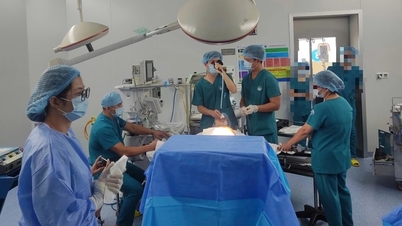

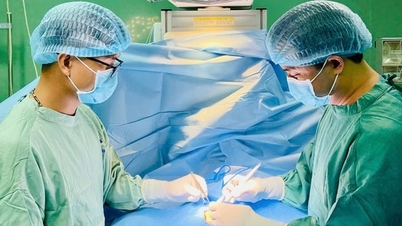





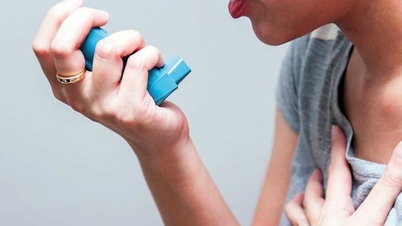

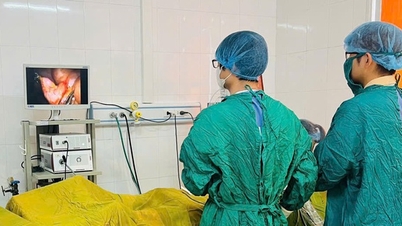


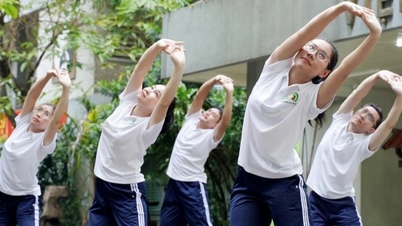




























































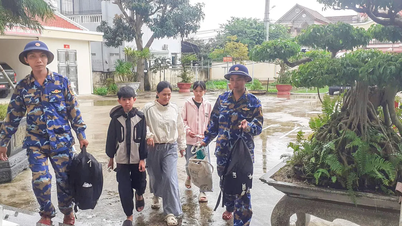



















Comment (0)